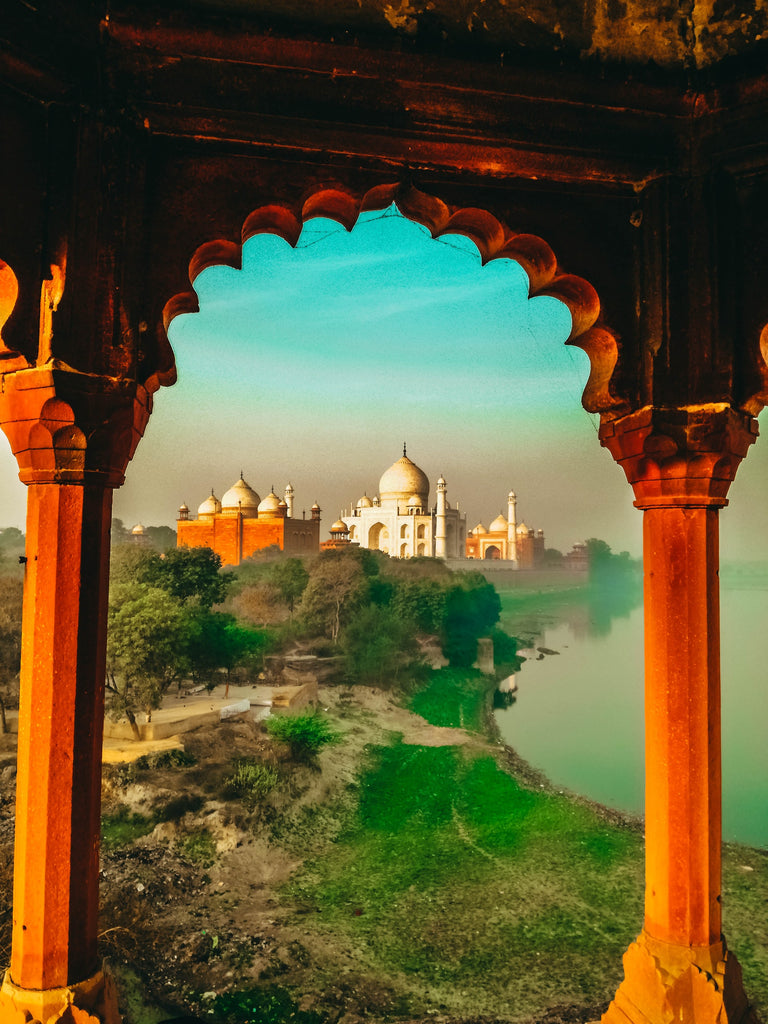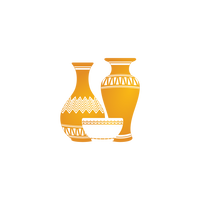
India is a country full of unique art, customs and craft traditions that come from a captivating history. Pottery is one of the most important industries in the country and is truly one of the nation's greatest treasures, with hundreds of different styles that are sold by the millions each year.
The first traces of pottery found in Indian territory date back to prehistoric times, more precisely to the Mesolithic period, wedged between the Paleolithic period and the Neolithic period. This rudimentary pottery, almost exclusively used for storing water at the time, is the oldest known to exist in South Asia; it dates back to 7000 BC.
It is during the Indus Valley Civilization era, which lasted from 3300 to 1300 BC., more particularly during the second phase of this civilization, called the Jhangar phase, that the creation of pottery in the form of tableware (plates, pots, bowls, etc.) occurred. At the time, the pieces were mostly made of raw clay, and the first colors that decorated them were rather limited: red, orange, brown and cream.
The use of bright colors that are typical of today’s indian pottery appeared around 1500 BC, when indian artisans started using ochre as a dye to fabricate vedic pottery. Those first usages of colors occurred in the states of Rajasthan and Uttard Pradesh, in which are located the cities of Jaipur and Khurja, famous for their colorful products of ceramics. The state of Gujarat has also known, a little bit later, a blooming period during the roman empire era during which the use of red and the glazing of the pieces became very popular.
The Kushan Empire (100-300) and the Gupta Empire (300-600) witnessed the apparition of new techniques, such as the use of new patterns to adorn pieces of pottery, like floral, animal and geometric patterns. However, it was only at the time of the Mughal Empire (1526-1857) that Indian pottery really flourished, to become what it is today: extremely colorful, made with respect towards ancestral traditions, made with meticulousness, decorated with patterns and arabesques of an impressive harmony and in the form of an immense variety of products (vases, pots, pots, cups, plates, trays, etc.).
